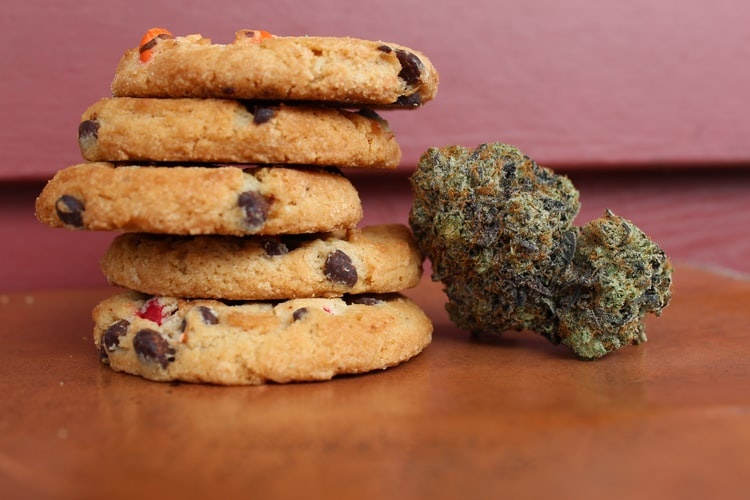As cannabis edibles rise in popularity, new concerns for the industry are brought into question. Most newcomers to cannabis aren’t aware that there’s a delayed effect when ingesting the plant’s many cannabinoids, such as cannabidiol (CBD) and tetrahydrocannabinol (THC). Therefore, they may take more to feel the effects.
While many of us understand the effects can be more powerful and last for longer periods of time, there have been questions about the therapeutic effects and safety of edibles in comparison to other consumption methods such as smoking. A paper published by RTI Press addressed these issues for the sake of policymakers and educated laypersons. [1]
The authors expressed initial concerns that there was a rising number of edible “overdoses”* and accidental pediatric exposure — especially in legal states. For example, cannabis-edible hospitalization visits within Aurora, Colorado more than doubled among visitors (not residents) after recreational cannabis was legalized. These consequences were a result of newcomers unaware as to how much THC they were consuming. However, there is another reason for concern.
Without federal regulation, some operators have been able to get away with mislabeling products that are legally for sale. Labels may falsely claim lower or higher amounts of cannabinoids within the product, so it’s definitely possible that edibles on the market contain a different concentration of THC than advertised.
Even when these products are accurately labeled and servings marked, there’s little awareness as to how much a person should take. Appropriate serving sizes of cannabis products vary from individual to individual. A large amount for one individual may feel like a small amount for another. Ingesting cannabinoids produces greater variability of responses compared to inhalation. [1] As an example, prior consumption of a high-fat meal can drastically change the absorption of cannabinoids.
With this said, we need to learn how ingested cannabinoids respond to people of different characteristics. And, from this research, we can develop a proper dosage recommendation people can follow. Education and quality control are also vital.
As of now, the only way to truly find out what the proper serving size is for someone is by experimenting with different doses. While there is little risk when it comes to cannabis, challenges related to edible potency and dosing exist, so it’s best to follow the cliché of going “low and slow”.
*No one has ever fatally overdosed on cannabis. When this term is used, it’s to describe an excessive dose that led to adverse impairment and temporary medical consequences.
Photo by Margo Amala on Unsplash.
Reference
[1] Barrus DG, et al. Tasty THC: Promises and challenges of cannabis edibles. Methods Report (RTI Press). 2016. [Impact Factor: n/a; Times Cited: 59 (Semantic Scholar)]







